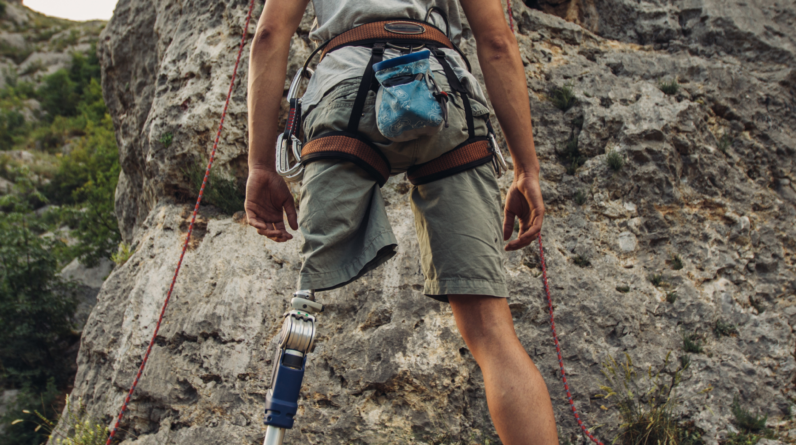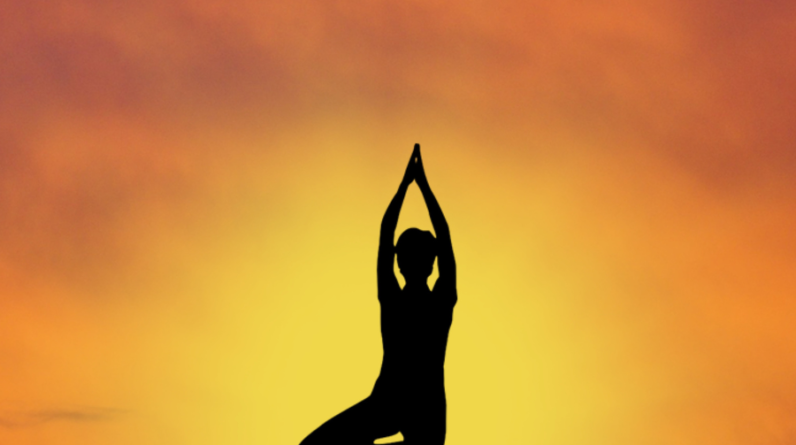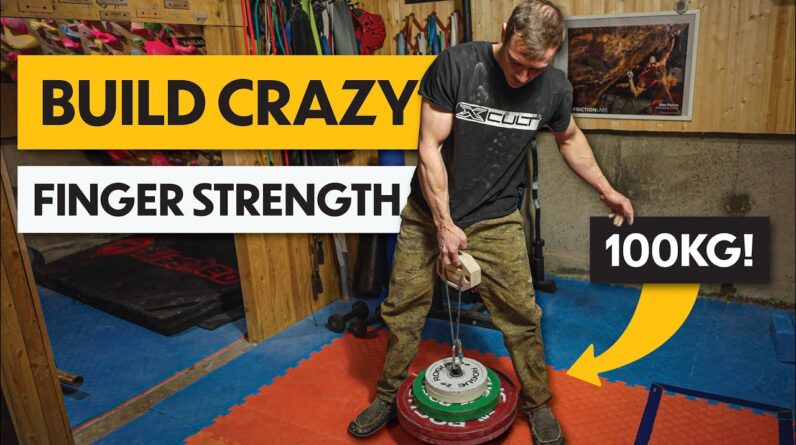
Stretching Flexibility For Rock Climbing
During climbing, flexibility is an important part of performance. It is also a very important factor in preventing injury. There are many different stretches that are helpful for climbing. It is important to warm up your muscles, especially the muscles that are used during climbing. It is also important to stretch after you climb so that your muscles recover from the stress.
Stretching helps to strengthen the muscles and improves flexibility. Generally, more experienced climbers need to stretch less before climbing. However, higher-ability climbers may be encouraged to stretch more. This is a good idea because it reduces the likelihood of injury. Stretching will also improve your performance.
Stretches for rock climbing include the basic glute stretch, a rolled over shoulder stretch, a forearm flexor stretch, and a knee flexion stretch. These stretches target the muscles that are important for climbing, including the hip flexors, quadriceps, forearms, and lats. Stretching your hip flexors will help to prevent lower back pain and hamstring injuries. It will also strengthen your core. You should try to stretch these muscles in a vertical position.
Stretching your shoulders and upper back can also help your performance. These stretches target your lats and rhomboids. They also help to strengthen your arms and grips. These are important for rock climbing because your arms need to be strong to hold your grip and to move your hands.
Stretching your hamstrings is important for climbing as well. These muscles help to pull your leg away from your body. They are also used in climbing footwork. Having strong hamstrings will reduce fatigue and help to prevent cramping.
Stretching your calves can also help to prevent cramping. Having strong legs will also help to improve footwork and increase your endurance. You can also warm up your ankles and calves by stretching.
Stretching your hip flexors will also help your climbing. Hip flexors are located in the pelvis, the femur head, and the thigh bone (also called the femur). These muscles will help you move your leg forward and back. They can also help you to rotate your leg. The best stretches for rock climbing are based on the Hip Flexor Stretch and the Frog Stretch. The Frog Stretch is very popular and will help you to increase your flexibility. It involves crouching, pushing your knees outwards and back, and bringing your hips close to the wall.
Stretching your calves can also warm up your ankles and increase your flexibility. You should try to stretch your calves in a dynamic and static position. Dynamic stretches are more effective because they target specific muscle groups. Unlike static stretches, dynamic stretches warm up the muscles before they are used. The warm-up prepares the muscles for the stress of climbing.
Stretching your groin is also important for rock climbing. Usually, groin stretches involve straddling your knees apart, pressing your pelvis toward the ground, and falling onto your forearms. However, groin stretches can also be more advanced and involve more complex movements.






